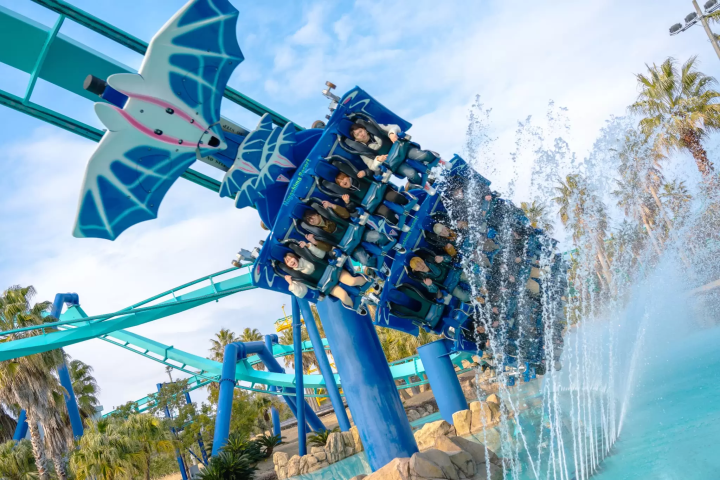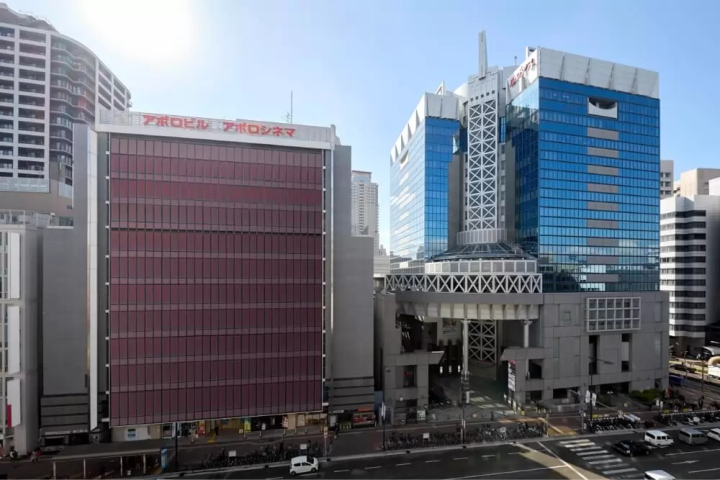Exploring the Charms of Kobe: Enjoying a Museum Guide with Diverse Themes

Kobe is an international port city that supported the modernization of Japan as a gateway to the world. It is a multi-cultural city, with a Chinatown and former Westerner's district (Ijinkan). It is also a city with many charms such as sake brewing, which has flourished from the past, a high level of craftmanship, and renowned gastronomy including Kobe Beef. This article introduces the best museums to dig deeper into Kobe city.
Hakutsuru Sake Brewery Museum: A Kobe sake brewery founded in 1743 that has seen the world
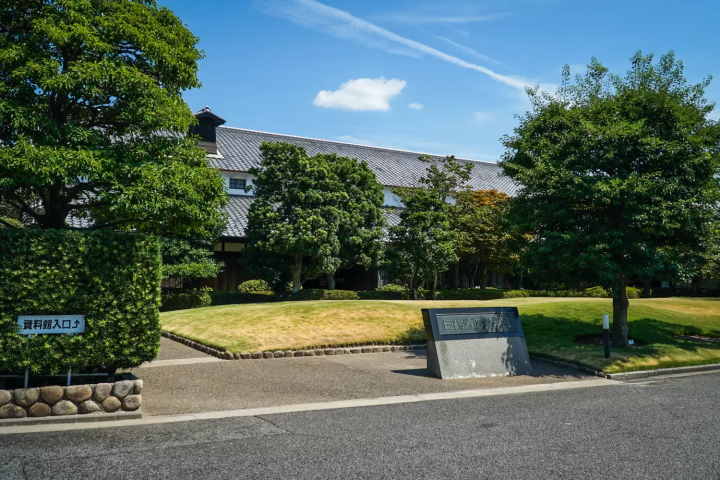
One of the pleasures of food in Japan is sake. At the Hakutsuru Sake Brewery Museum in Mikage-go, you can learn about the history and process of traditional sake brewing, while also enjoying tastings and shopping.
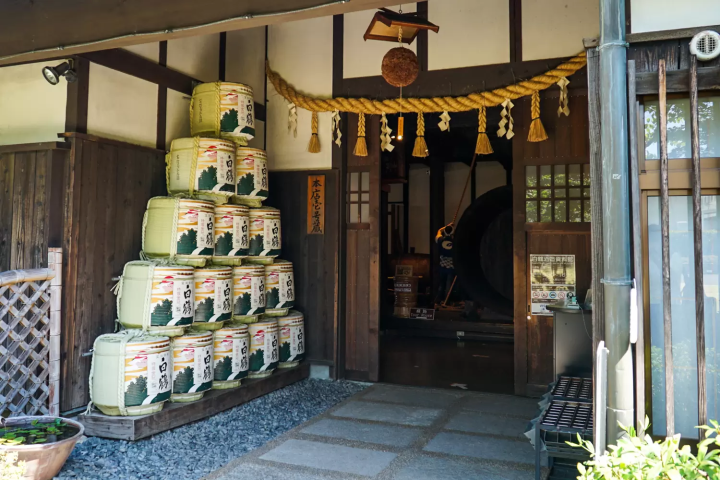
At the entrance, there is a sake barrel with "Hakutsuru" painted on it and a cedar ball, which contains the wish "to be able to make delicious sake." This museum is known as "Honten Ichigogura" and occupies a building that was once used as a sake brewery.
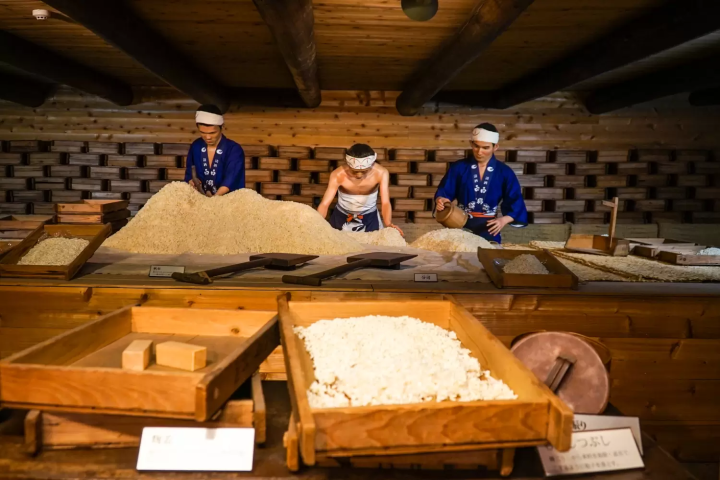
Hakutsuru's storehouse is made up of two parts, the "maekura" (front storehouse) and the "okura" (large storehouse). The maekura (front storehouse) is where rice is washed and steamed, and is also where the craftsmen live. The okura, facing north, is used for brewing sake and storing it for around six months. By placing a window on the north side, the cold wind "Rokko oroshi," which blows down from the Rokko Mountains, located just north of Kobe, reduces the bacteria that interfere with fermentation, resulting in better tasting sake.
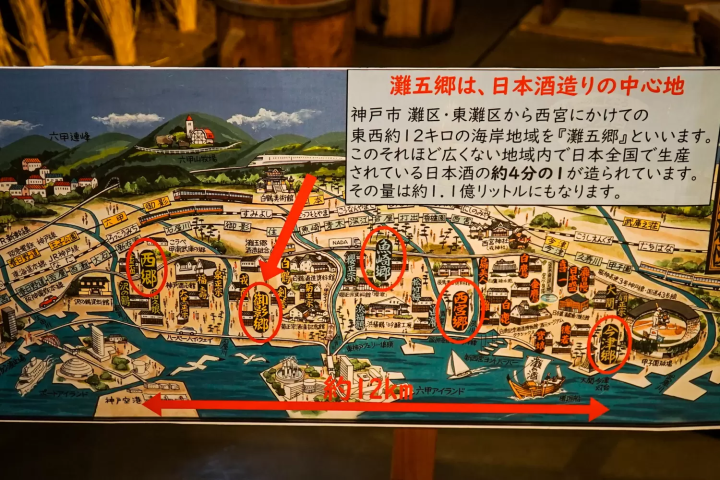
The Nada Gogo region, which includes Mikage-go, where Hakutsuru is located, is known as one of Japan's leading sake-producing regions. The development of sake brewing has been supported by the existence of Yamada Nishiki sake rice, the mineral-rich underground water of the Rokko Mountains, and the Tamba Toji brewers who have the skills to make sake.
The ability to transport goods by ship to Edo, the political and commercial center of Japan, could also be said to be a reason for its development.
Furthermore, as Japan adopted Western civilization during the Meiji period (1868-1912), it introduced its own culture at international expositions. Among these, Hakutsuru unveiled a new label at the Paris World's Fair in 1900, boosting its name recognition both at home and abroad. This increased international recognition made Hakutsuru a pioneer in spreading the quality and appeal of Japanese sake around the world, and it is now internationally recognized as the number one Japanese sake export brand.
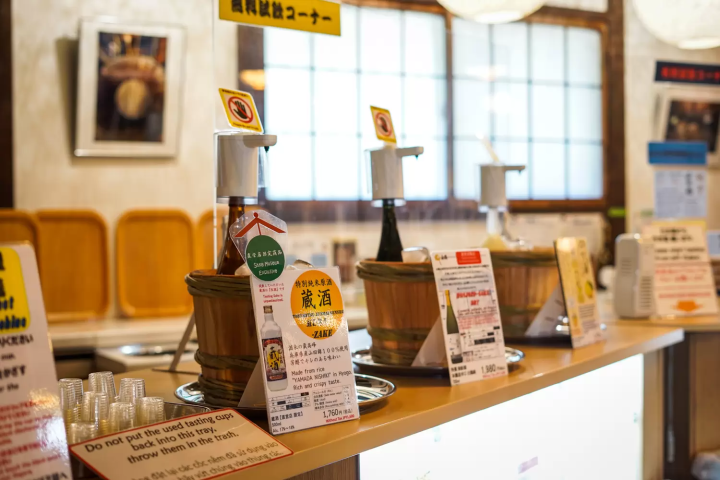
After viewing the exhibits, you can enjoy seasonal sake at the tasting corner on the first floor. Compared to sake made in Fushimi, Kyoto, which is also known as a sake-brewing town, Kobe sake is known as "Nada's manly sake." It has a refreshing, dry taste and is delicious.
This flavor is due to minerals, and it is said that rain containing minerals from the sea falls on the Rokko mountain range and becomes groundwater. This is truly a sake that reflects the local characteristics of Kobe!
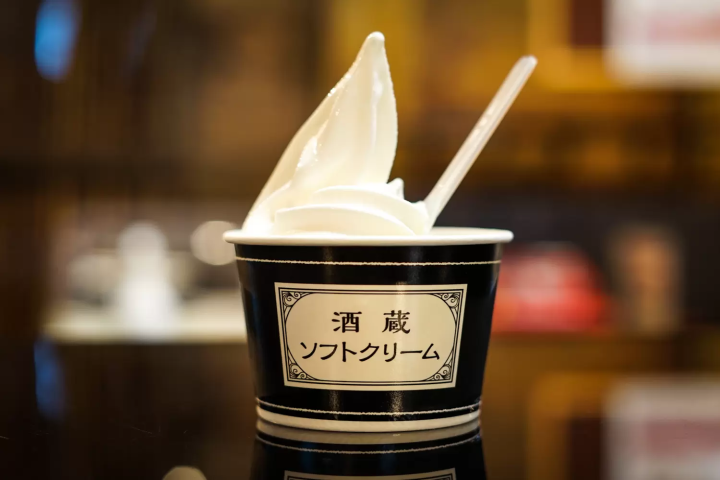
Don't miss the shop, which has over 100 kinds of souvenirs, including alcoholic drinks and merchandise. The sake brewery soft serve ice cream made with amazake is also delicious!
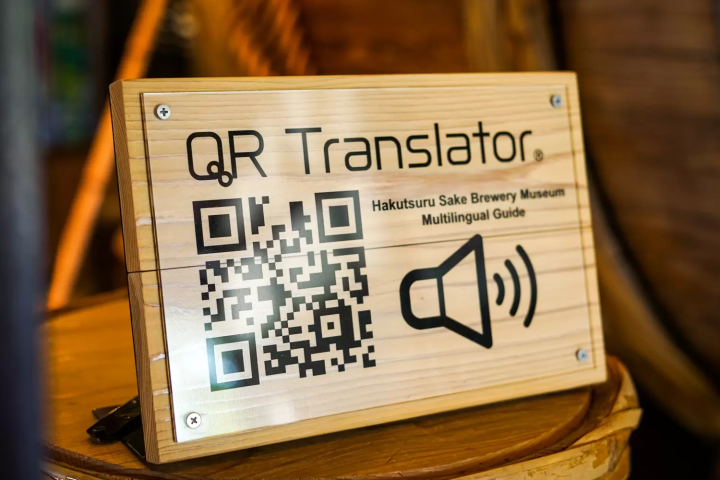
There are six QR codes in the museum that can be scanned to display English explanations, and there are also explanations of sake brewing in English, so be sure to check them out.
The history of chocolate in the port city of Kobe: A city of Western confectionery that evolved alongside Western culture
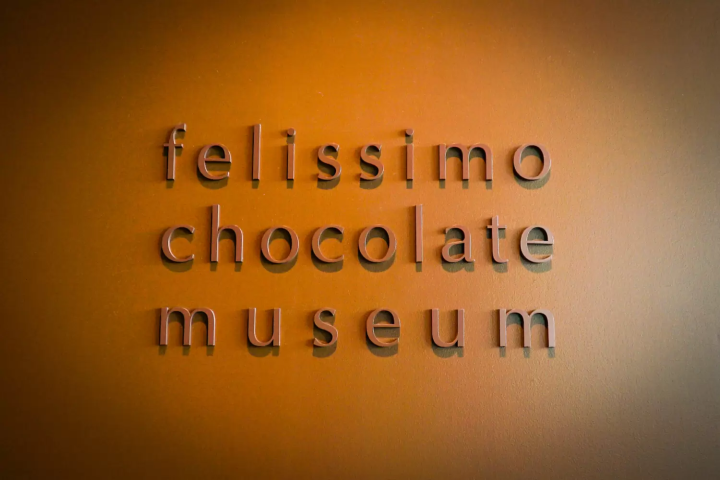
When you step inside the museum, you'll be greeted by the faint, delicious aroma of chocolate. Just looking around will make you feel happy (and hungry). This is the Felissimo Chocolate Museum in Shinkomachi.
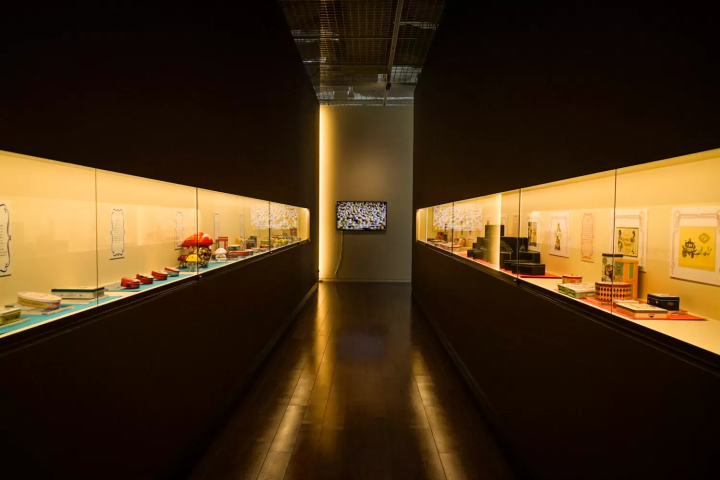
The museum, which opened in October 2021 with the concept of "spreading a new chocolate culture from Kobe," displays chocolate packaging from around the world that expresses the passion and creativity of chocolatiers.
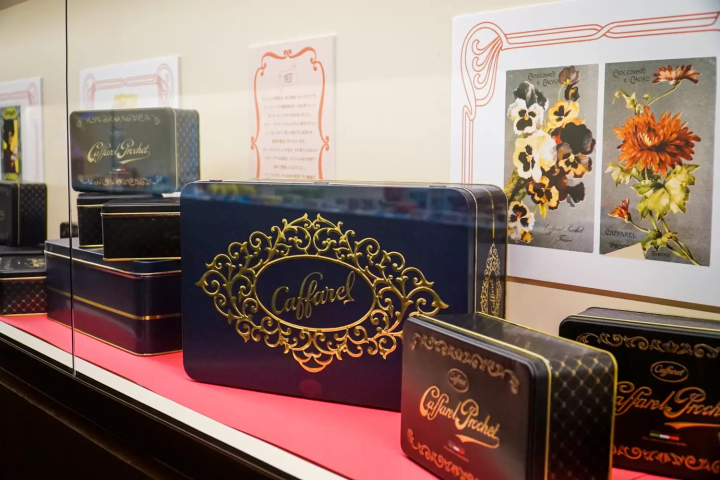
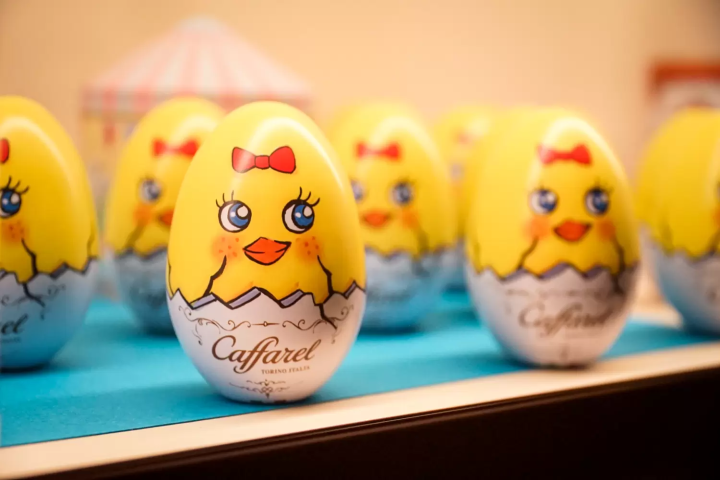
There are a variety of packages, from elegant and sophisticated designs like treasure chests to cute designs that will make you want to pick them up and say, "So cute!", and just looking at them will make you excited.
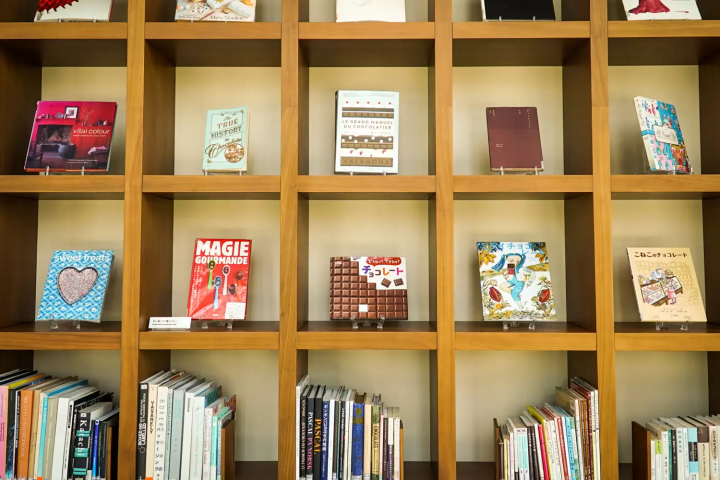
There is also a book corner along the way where you can sit and read books about chocolate from all over the world, past and present. Just looking at the various books on offer, you can see just how special chocolate is and how it has been loved by so many people.
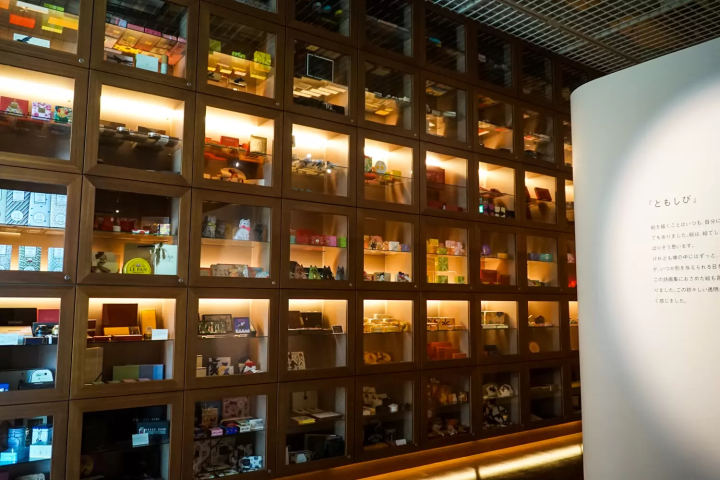
Once you leave the reading corner, you'll find a collection of over 15,000 chocolate packages from around the world. There are 500 different packages from 50 countries and 500 different brands. It's fun to look for packages from your own country or your favorites!
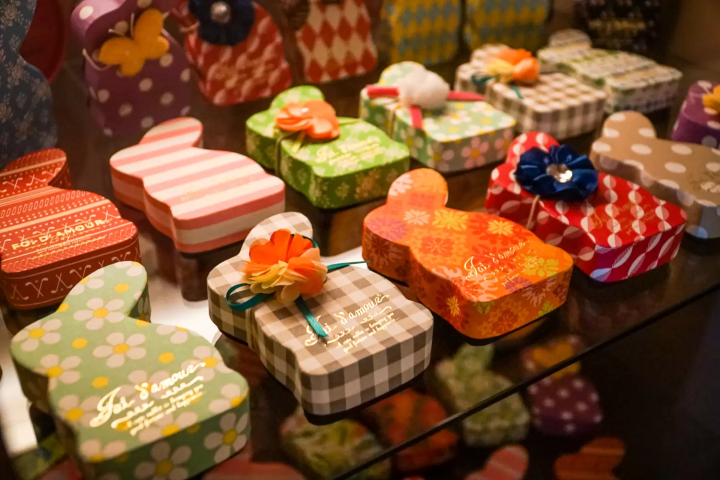
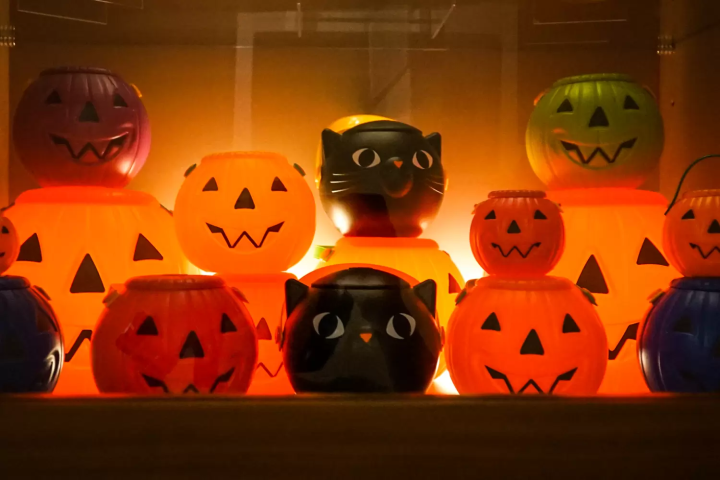
As an aside, it is said that Japan's Valentine's Day culture (generally, in Japan, a woman gives chocolate to her crush on February 14th, and the crush gives a gift in return on March 14th) also originated in Kobe. Apparently, it all started when Morozoff, a company with its headquarters in Kobe, was inspired by Valentine's Day customs overseas and began releasing Valentine's Day chocolates that were made with a focus on authentic flavor in 1932. It's an idea that could only come from Kobe, a port city where Western culture flourished!
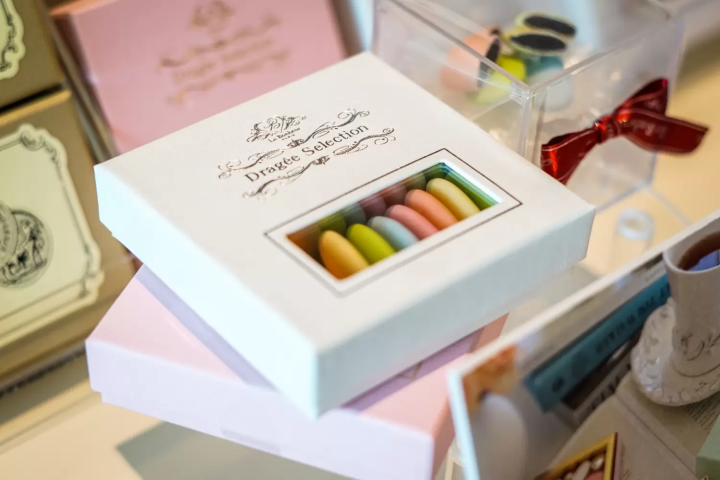
With the opening of the port in 1868, a settlement was established in Kobe, and Western culture was introduced. This led to the establishment of Kobe's brand as a city of Western confectionery, and a diverse chocolate culture took root in the city. Kobe chocolate, which still embodies this tradition, is loved by people all over the world.
After enjoying the exhibits, why not stop by the museum shop to find your favorite chocolates and other goods? There are also limited edition items that can only be purchased here, so be sure to check them out!
Experience the craftsmanship of artisans at the Takenaka Carpentry Tools Museum
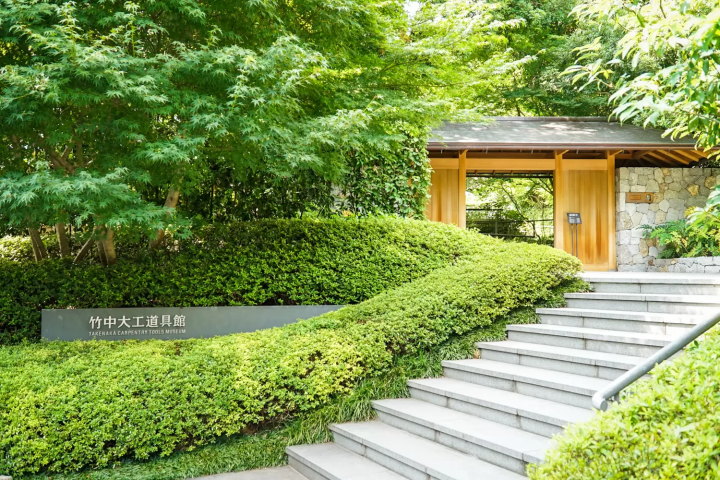
The Takenaka Carpentry Tools Museum near Shin-Kobe Station is the only museum in Japan that specializes in carpentry tools. Upon entering the museum, surrounded by greenery, you'll find a pleasant space that makes you feel like the hustle and bustle of the past was a lie.
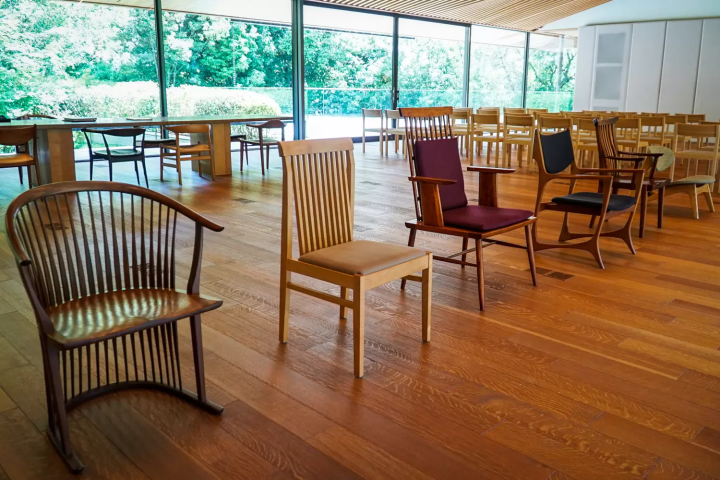
In the reception hall on the first floor, there are a variety of chairs made by 16 furniture makers. When you sit on them, you'll find chairs with armrests that fit perfectly, and chairs with seats that are carefully crafted to fit the shape of your body, making you think, "I want to sit here forever!" Even before entering the building, you'll be impressed by the high level of craftsmanship.
From the 1960s to the early 1970s, power tools were rapidly becoming more and more popular, but the Takenaka Carpentry Tools Museum was established in 1984 with the idea of "preserving hand tools and the skills of the craftsmen who use them."
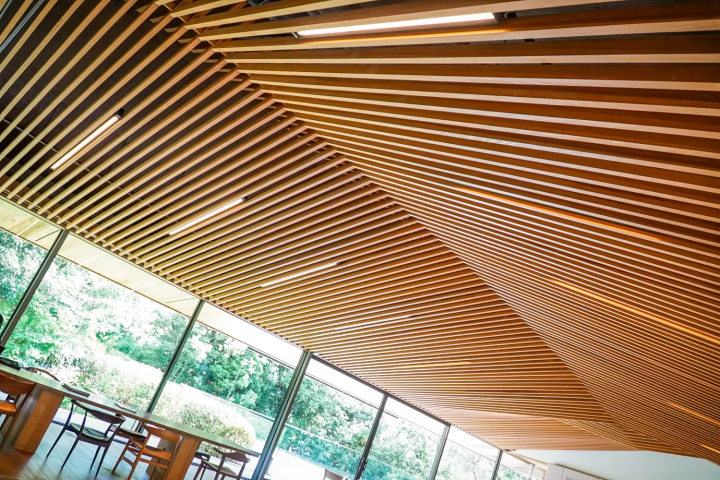
Of the more than 30,000 items in the collection, about 1,000 are on permanent display. The building was designed and constructed by Takenaka Corporation, and upon closer inspection, the building itself is full of things to see, including the beautifully curved wooden ceiling, the handmade earthen walls, and the staircase made from a single plank.
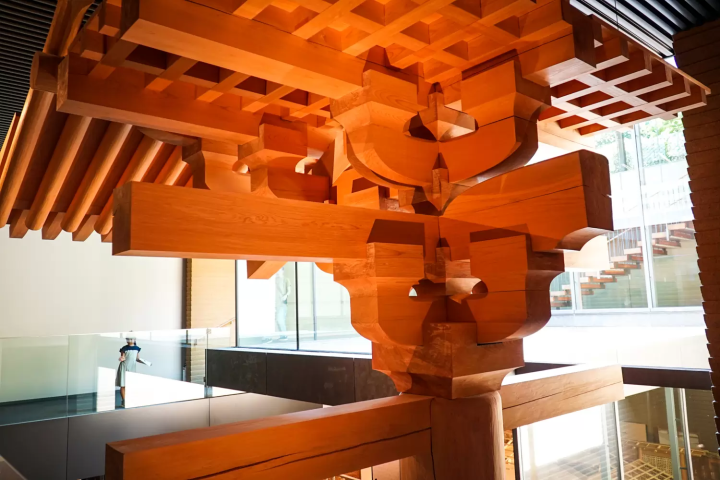
Once you've finished checking in, you'll enter a structure that leads to an underground exhibition space. Going down the stairs, you'll come across an impressive life-size model of the pillars of the main hall of Toshodaiji Temple.
The real thing at the temple can only be viewed from below, but the great thing about this one is that you can see the detailed assembly from the side. It's amazing that it was assembled from 147 parts without using any nails. Be sure to check out the explanatory video as well.
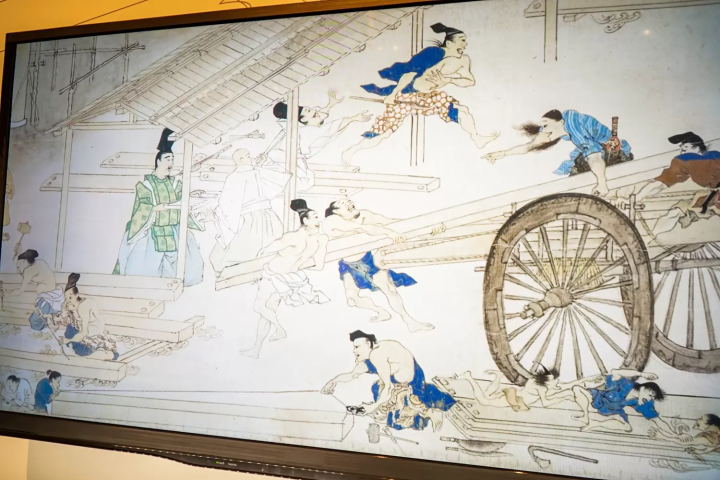
Japan is home to many wonderful wooden buildings, including Toshodaiji Temple. Behind this lies the education system for craftsmen and the incredible attention to detail that went into their construction. Inside the museum, picture scrolls depicting the construction sites of the time, textbooks read by apprentice carpenters, and a wide variety of carpentry tools are on display.
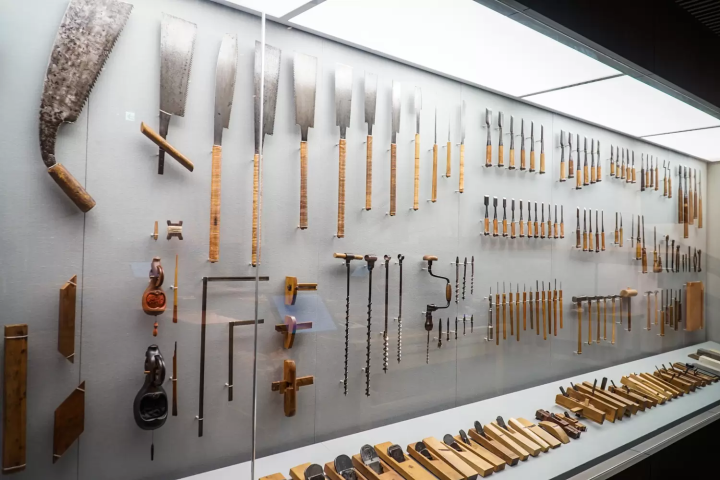
As a result of the search for the most suitable tools for each area, at their peak, a single carpenter would own over 100 tools. At one point, even tools for maintaining the other tools were created, and it may seem as if you are lost in a maze of tools.
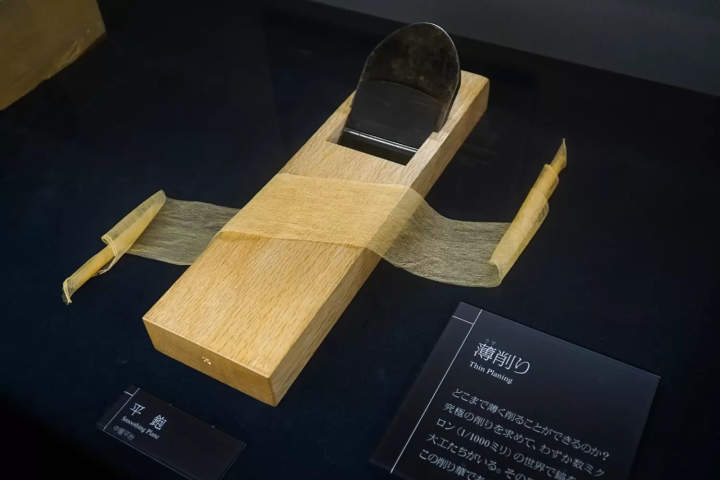
They are extremely particular about their planes, and just looking at the plane shavings, measured in thousandths of a millimeter, conveys the incredible skill of their craft.
As an aside, the direction in which a plane is used is different in Japan and overseas. In neighboring China and Western countries, the plane is "pushed" whereas in Japan it is common to "pull" it. There are various theories as to why this is the case, but one theory is that the same is true for planes, as with knives and Japanese swords, which are pulled when cutting, and another is that craftsmen were particular about "wanting to carve more neatly."
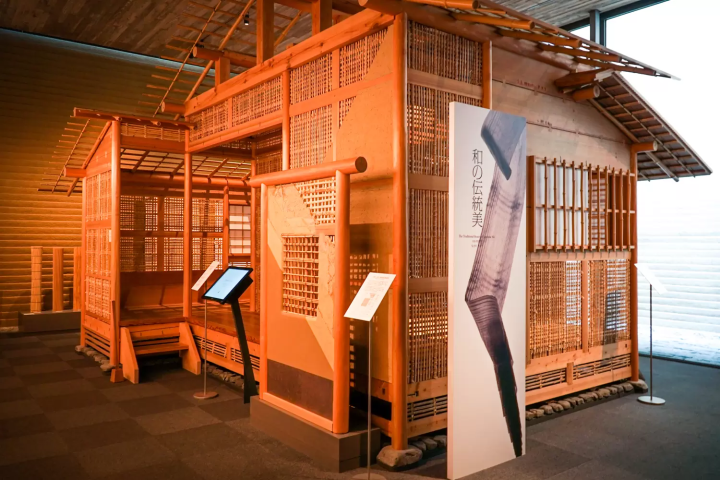
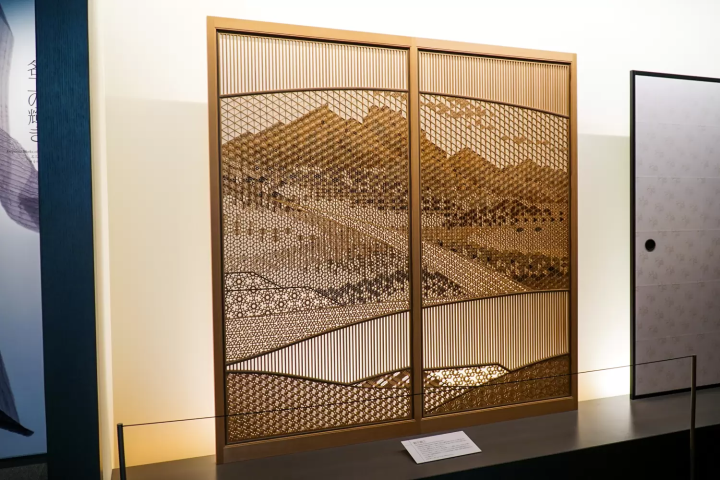
Inside the museum, there is a skeleton teahouse which you can enter, as well as displays of intricate kumiko work made from a combination of wood of around 10 different colors, allowing you to see the artisans at work.
When you look at the Kumiko craftsmanship, which reveals a magnificent mountain range landscape from a distance, you cannot help but be impressed by the meticulousness of Japanese artisans and their spirit of pursuing beauty.
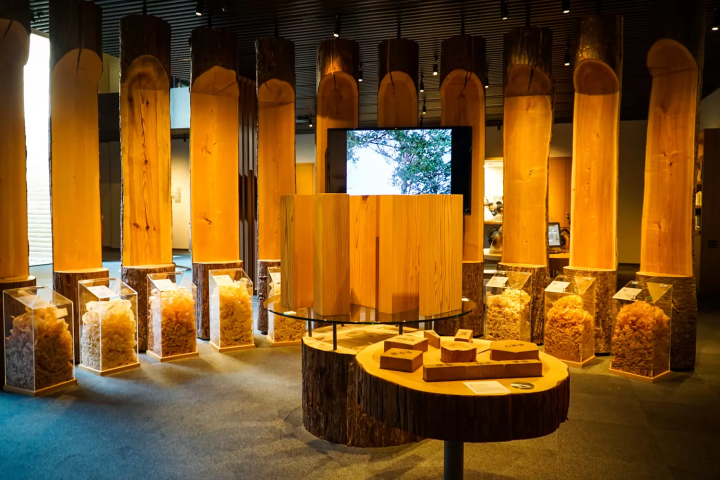
There is also a corner where various types of wood shavings are on display, which you can actually touch and smell, so be sure to experience Japanese craftsmanship and architectural history with all your senses!
Discover the charms of Kobe Beef at the Kobe Beef Museum!
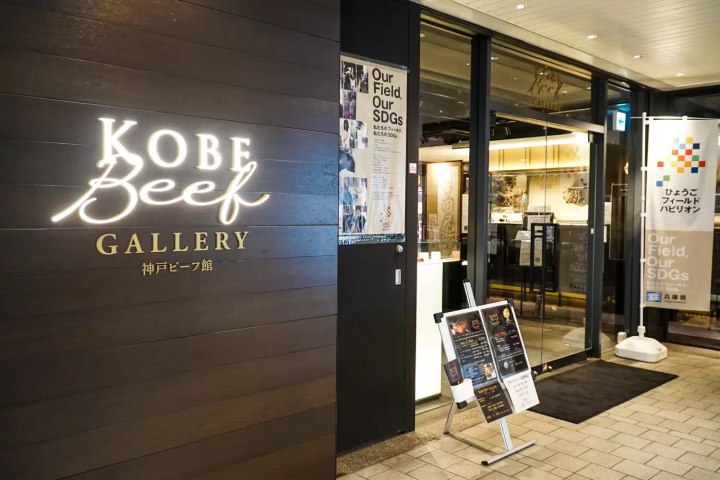
If you come to Kobe, one of the things you definitely want to try is Kobe beef. The Kobe Beef Hall, located just a two-minute walk from Shin-Kobe Station, is a spot where you can deepen your knowledge of Kobe beef, search for recommended restaurants, and enjoy steaks cooked on a hot plate right in front of you by a chef.
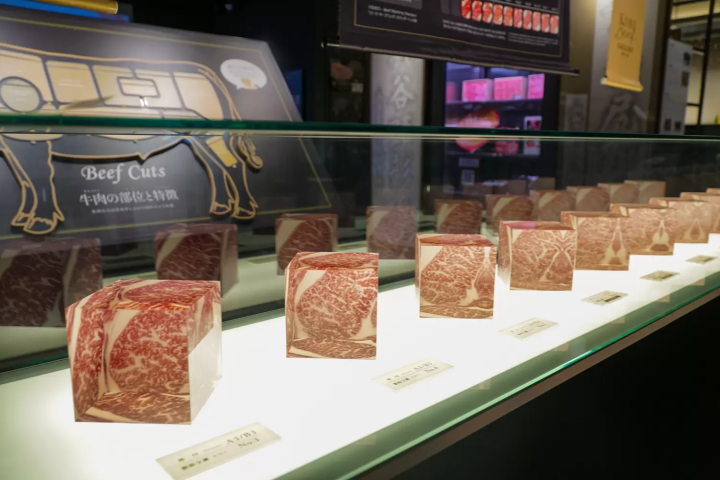
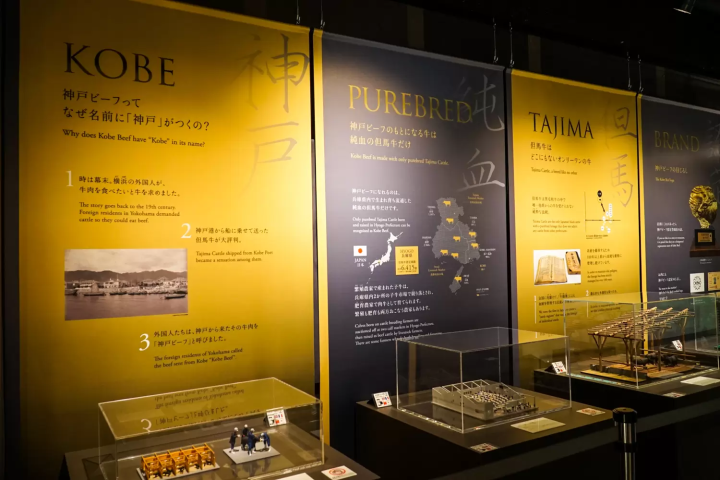
Inside the museum, there are exhibits that show the marbling of meat, as well as detailed explanations of the production process and certification standards of Kobe beef, allowing you to deepen your knowledge about the secret behind the deliciousness of Kobe beef, which is one of the most well-known types of Japanese wagyu beef.
Kobe beef is also called Kobe beef, but in fact there is no living Kobe beef. Tajima beef is meat made from Tajima beef, a Japanese black cattle breed bred only in Tajima-Ushi Tajima-Gyu, and among the Tajima beef, only those selected based on meat quality and carcass weight are sold in the market as Kobe beef or Kobe beef.
The best thing about Kobe beef is the sweetness and aroma of the meat. The fine marbling gives it a texture that melts in your mouth, and the highly fragrant, slightly sweet taste is delicious and impresses gourmets around the world.
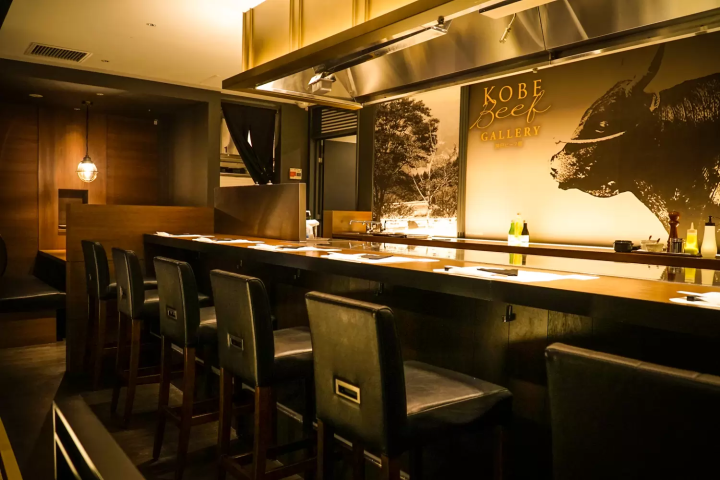
Inside the building there is a restaurant where you can enjoy freshly grilled Kobe beef.
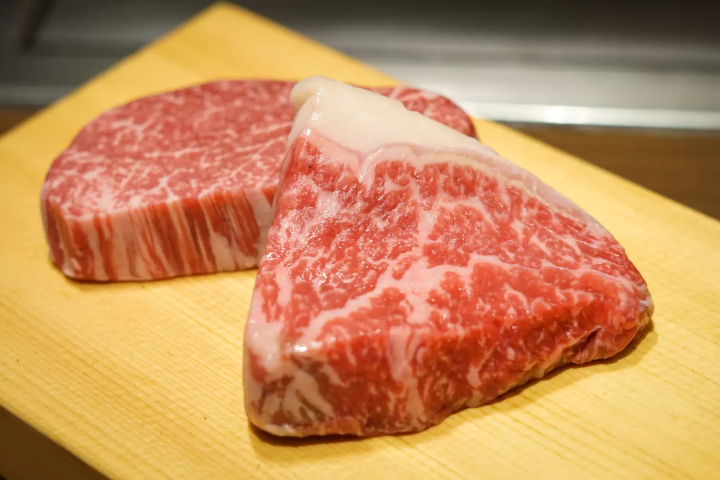
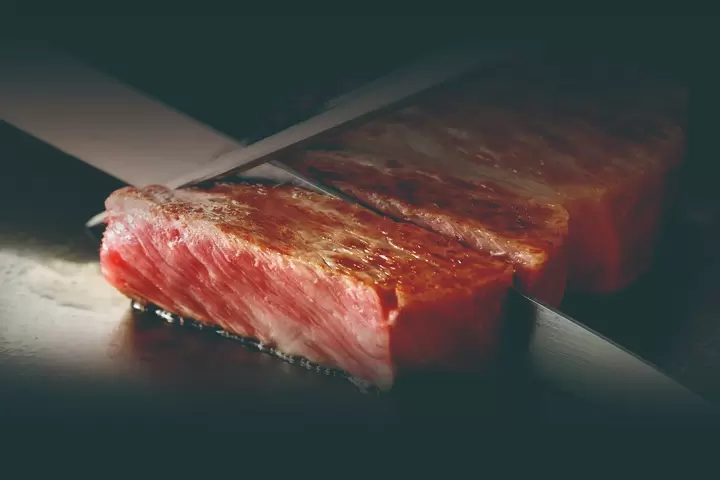
A popular dish at the restaurant is the "Compare Fillet and Loin." It is a luxurious dish where you can enjoy both the delicious fat of the loin and the tenderloin, allowing you to fully enjoy the flavor of the meat. If you come to Kobe, be sure to try the delicious Kobe Beef!
Summary >
By touring Kobe's museums, I was able to gain a deeper understanding of the city's diverse culture and history. The unique experiences offered by each facility are a valuable opportunity to experience Kobe's charm with all five senses. These museums provide deep knowledge and emotions that cannot be gained through mere sightseeing. If you visit Kobe, be sure to take the time to explore each museum and experience the city's deep culture.
Hakutsuru Sake Brewery Museum
Address: 4-5-5 Sumiyoshiminamicho, Higashinada-ku, Kobe, Hyogo 658-0041 ( Google map )
Business hours: 9:30-16:30
Closed: None Website: https://www.hakutsuru.co.jp/english/culture/museum.html (English)
Felissimo Chocolate Museum
Address: 2F, Stage Felissimo, 7-1 Shinko-cho, Chuo-ku, Kobe, Hyogo 650-0041 ( Google map )
Business hours: 11:00-18:00
Closed days: None Website: https://www.felissimo.co.jp/chocolatemuseum/top_fcm.html (Japanese only)
Takenaka Carpentry Tools Museum
Address: 7-5-1 Kumanaicho, Chuo-ku, Kobe, Hyogo 651-0056 ( Google map )
Business hours: 9:30-16:30
Closed: Mondays Website: https://www.dougukan.jp/?lang=en (English)
Kobe Beef Hall
Address: 3F Kotonohako Kobe, 1 Kitano-cho, Chuo-ku, Kobe, Hyogo 650-0002 ( Google map )
Business hours: 11:30-15:00 (last orders 14:00), 17:00-20:00 (last orders 19:00)
Closed: Mondays and Tuesdays (or the following day if the Monday or Tuesday falls on a public holiday)
Website: https://en.kobebeef.gallery/pages/outline (English)
Welcome to Hyogo Hyogo is a gateway to the Kansai region, which nurtures the blessed land that connects the Sea of Japan, the Chugoku Mountains, and the Seto Inland Sea, as well as the blessed climate. There are many spectacular views that will catch your eye, such as Himeji Castle, a World Heritage Site that was selected as one of the 100 Best Cherry Blossom Spots, and the panoramic night view from Mt. Rokko. The world-famous Kobe brand, KOBE BEEF, which is synonymous with Tajima beef, is one of Japan's leading beefs, and the sake rice ``Hyogo Yamada Nishiki'' is a gem that will surprise your tongue. Arima Onsen is a famous hot spring, and Kinosaki Onsen has appeared in many literary works. Surrounded by nature, you can relax your mind and body. You can come across memorable sounds such as the thunderous sounds of the whirlpools of Naruto on Awaji Island, and the dynamic sounds of the fireworks festivals held in various places in the summer. In the herb gardens and botanical gardens in the prefecture, you will be healed by the gentle and pleasant scent of herbs and flowers throughout the four seasons. Enjoy a new journey in Hyogo that stimulates the five senses of sight, taste, touch, hearing, and smell.
The contents on this page may partially contain automatic translation.
































![[50 minutes by car from Nagoya] Experience "sake and culture" in Tokoname](https://resources.matcha-jp.com/resize/720x2000/2026/01/13-255411.webp)

